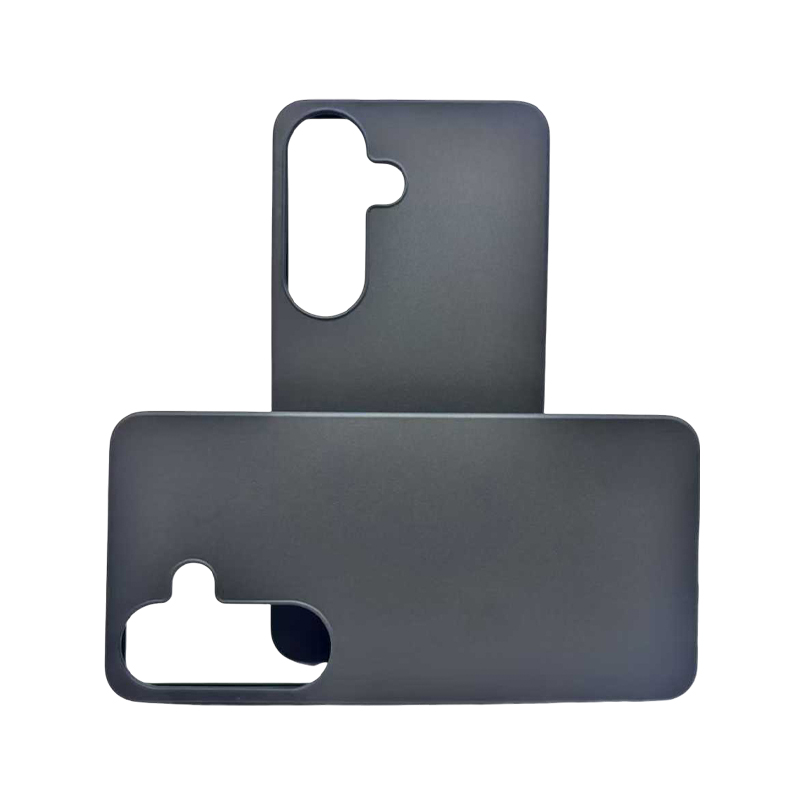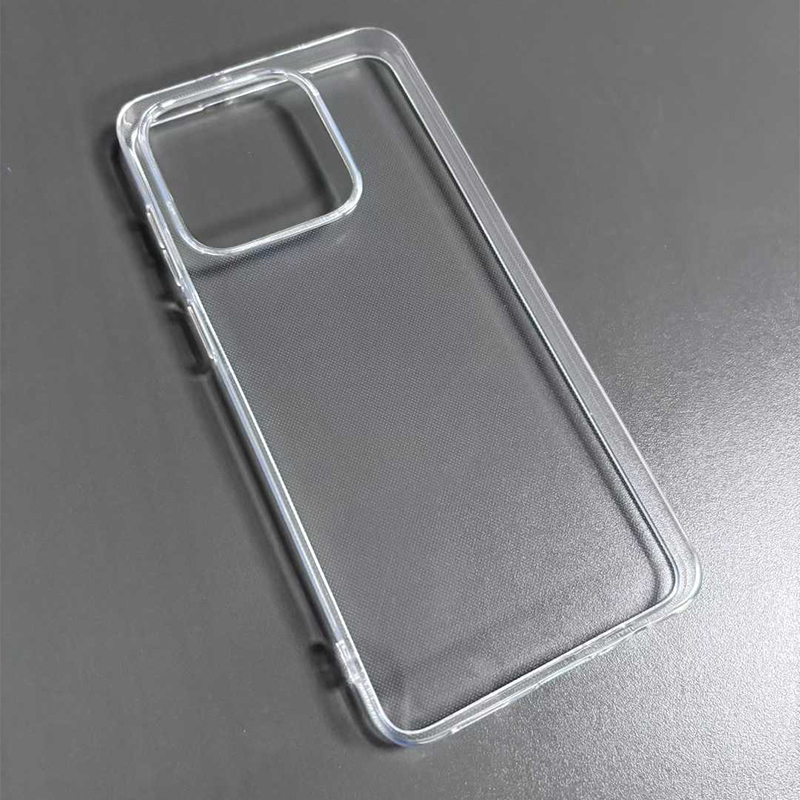In the production process of high-transparency phone cases, which links will affect the final optical clarity?
Release Time : 2025-05-20
The optical clarity of high-transparency phone cases directly affects their texture and user experience, and multiple links in the production process play a key role in this feature. The selection and processing of raw materials are the primary factors affecting optical clarity. Taking common materials such as TPU and PET as an example, if the raw material purity is insufficient and contains impurities or oligomers, light will scatter when passing through, resulting in reduced transparency. In addition, an imbalance in the ratio of additives in the formula may also cause changes in the microstructure of the material, phase separation, and the formation of tiny particles that affect light transmittance, making the phone cases look blurry and foggy.
The impact of the melt plasticization process on optical clarity should not be ignored. Each material has a specific melting temperature range. If the temperature is too low, the polymer cannot be fully plasticized, and unmelted particles will remain inside; if the temperature is too high, the material will degrade and produce colored substances and gases. These problems will form defects such as crystal spots and bubbles inside the phone cases, and diffuse reflection or refraction will occur when light passes through, destroying optical uniformity and reducing transparency and visual effects.
Mold design and manufacturing accuracy play a decisive role in production. The roughness of the mold surface directly affects the outer surface quality of the phone cases. The rough surface will cause diffuse reflection of light and make the phone cases lose their luster. The exhaust design of the mold is also crucial. If the exhaust is not smooth, the gas in the molten material cannot be discharged, and pinholes will be formed inside the phone cases, becoming the center of light scattering. In addition, unreasonable structural design of the mold runner and cavity may also cause uneven melt flow and weld marks, further affecting optical clarity.
The cooling and shaping link is a key stage for controlling optical clarity. The cooling rate and temperature distribution will affect the orientation and crystallization of polymer molecules. If the cooling is too slow, the molecular chains are easy to be arranged in order along the flow direction, resulting in birefringence and rainbow patterns; if the cooling is too fast, a large internal stress will be generated inside the phone cases, resulting in uneven refractive index distribution, causing distortion when light passes through. The ideal cooling process requires precise control of the temperature difference of each part to ensure uniform and stable molecular structure and maintain good optical performance.
The post-processing process has both an improvement effect on optical clarity and potential risks. When spraying anti-fingerprint coating on the surface and performing UV curing and other treatments, if the process parameters are not set properly, it may be counterproductive. For example, if the coating is too thick or the curing is incomplete, it will cause the surface to be uneven, water marks will appear, or the coating will absorb impurities to form pollution spots; if the power is not properly controlled during laser engraving and other processing, it will burn the surface of the phone cases and form burn marks that affect the light transmittance.
The quality inspection system is the last line of defense to ensure optical clarity. During the production process, the phone cases are inspected in real time by equipment such as haze meters and transmittance testers, which can timely detect problems such as excessive haze and insufficient transmittance. Using polarized stress meters and machine vision systems, internal stress distribution and microscopic defects can also be detected. Only by establishing strict inspection standards and processes can products with optical defects be screened out to ensure the high quality of factory products.
With the development of technology, new production processes and materials have brought new directions to improve optical clarity. Technologies such as micro-injection molding and supercritical fluid-assisted injection molding reduce internal defects by optimizing molding conditions; new materials such as fluorinated polymers rely on their unique molecular structures to improve transparency and aging resistance from the root. These innovations not only promote the upgrading of production processes, but also open up new paths for improving the optical performance of high-transparency phone cases.







